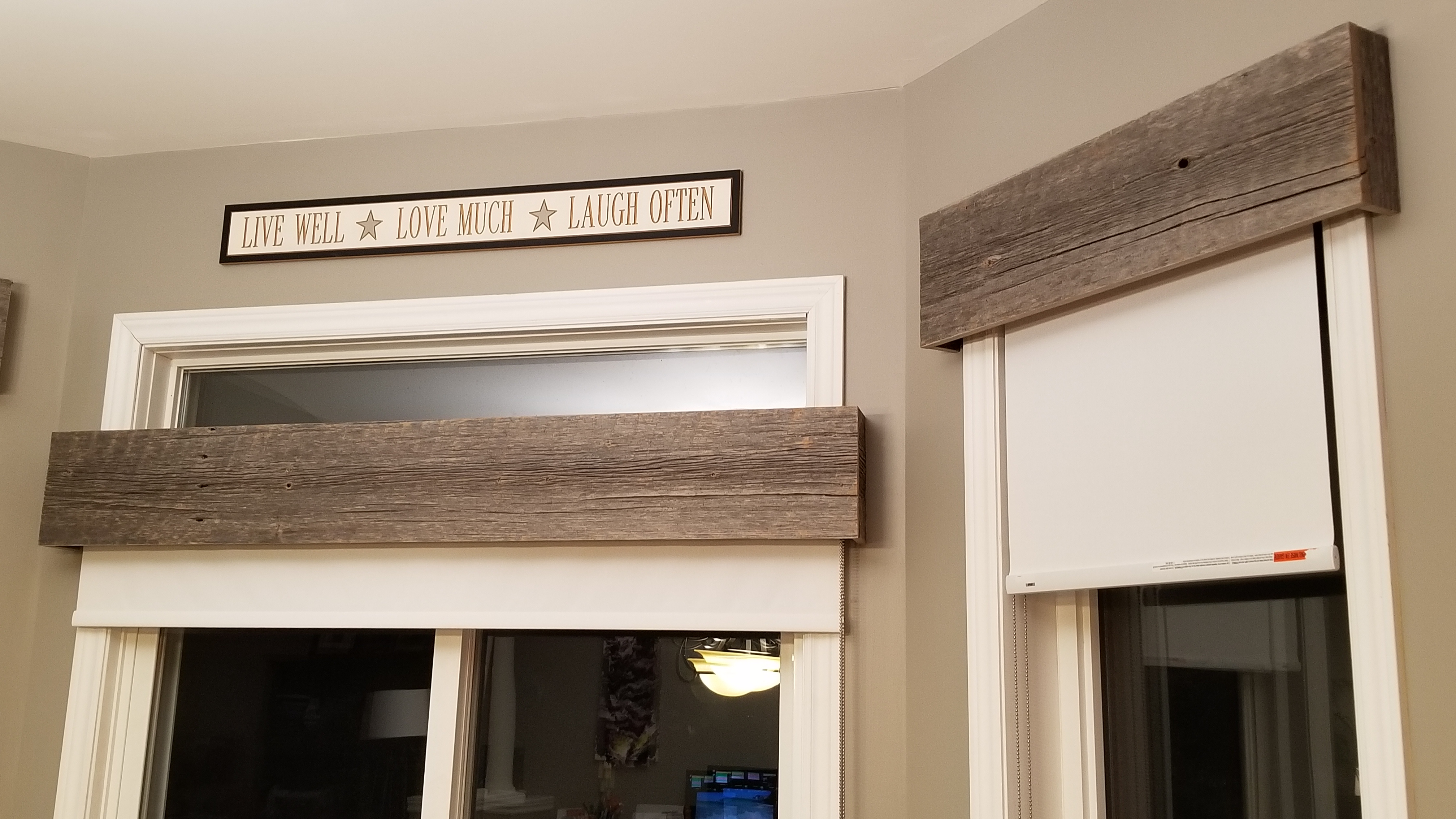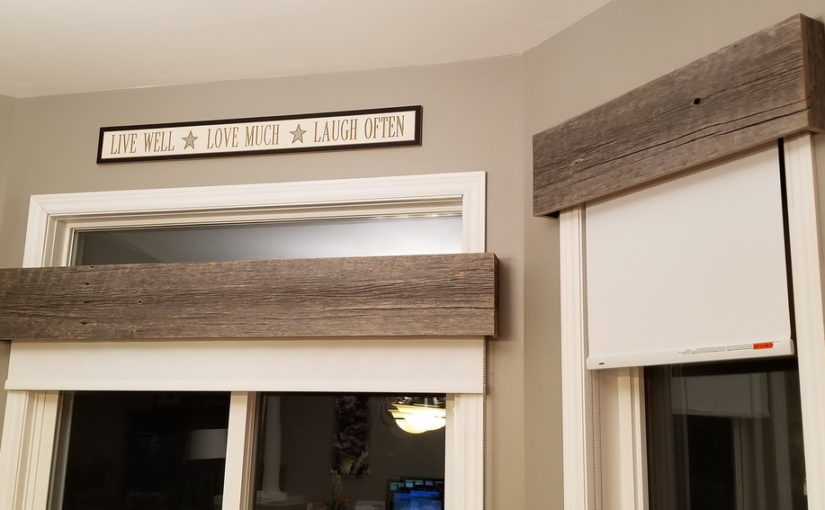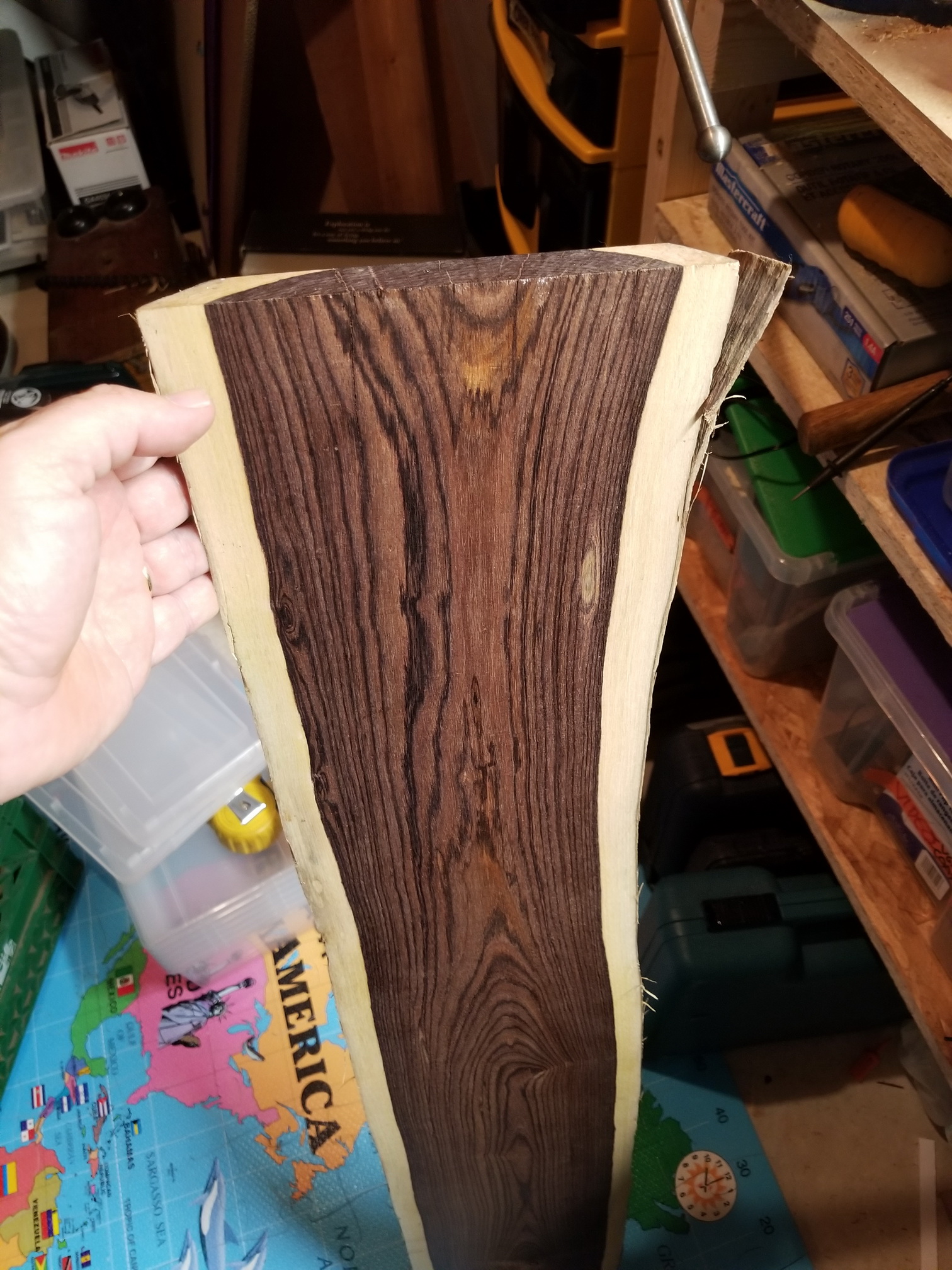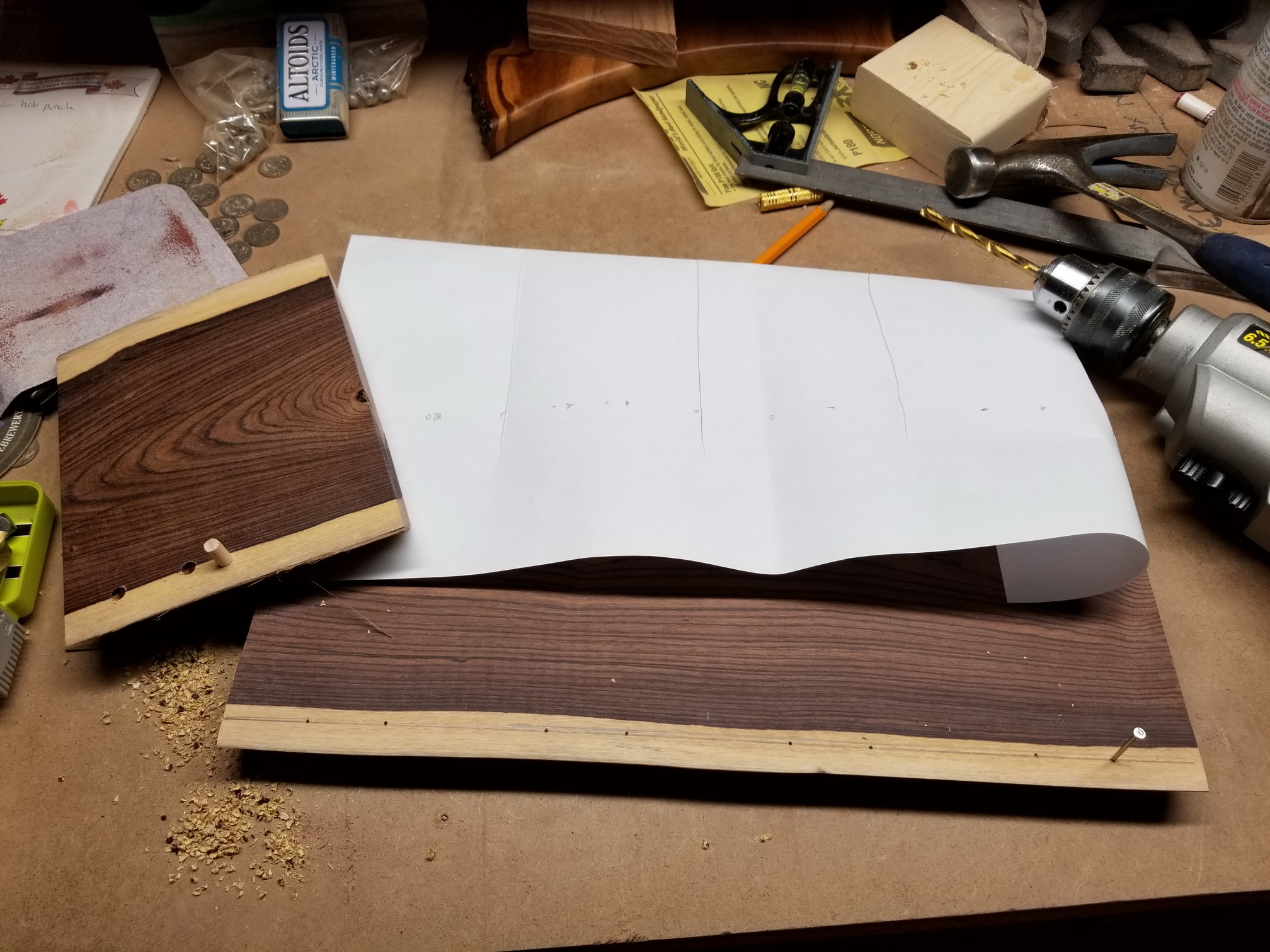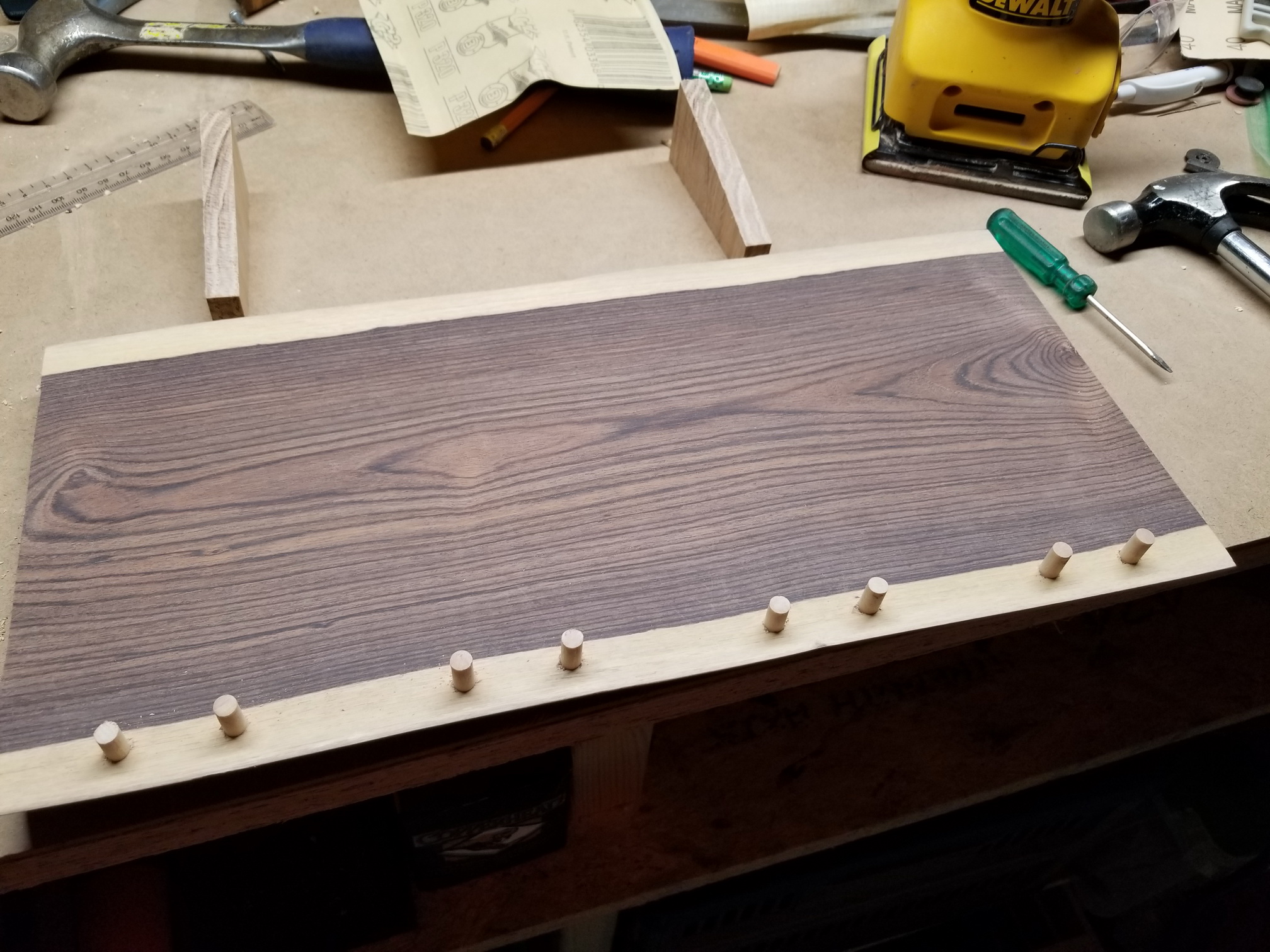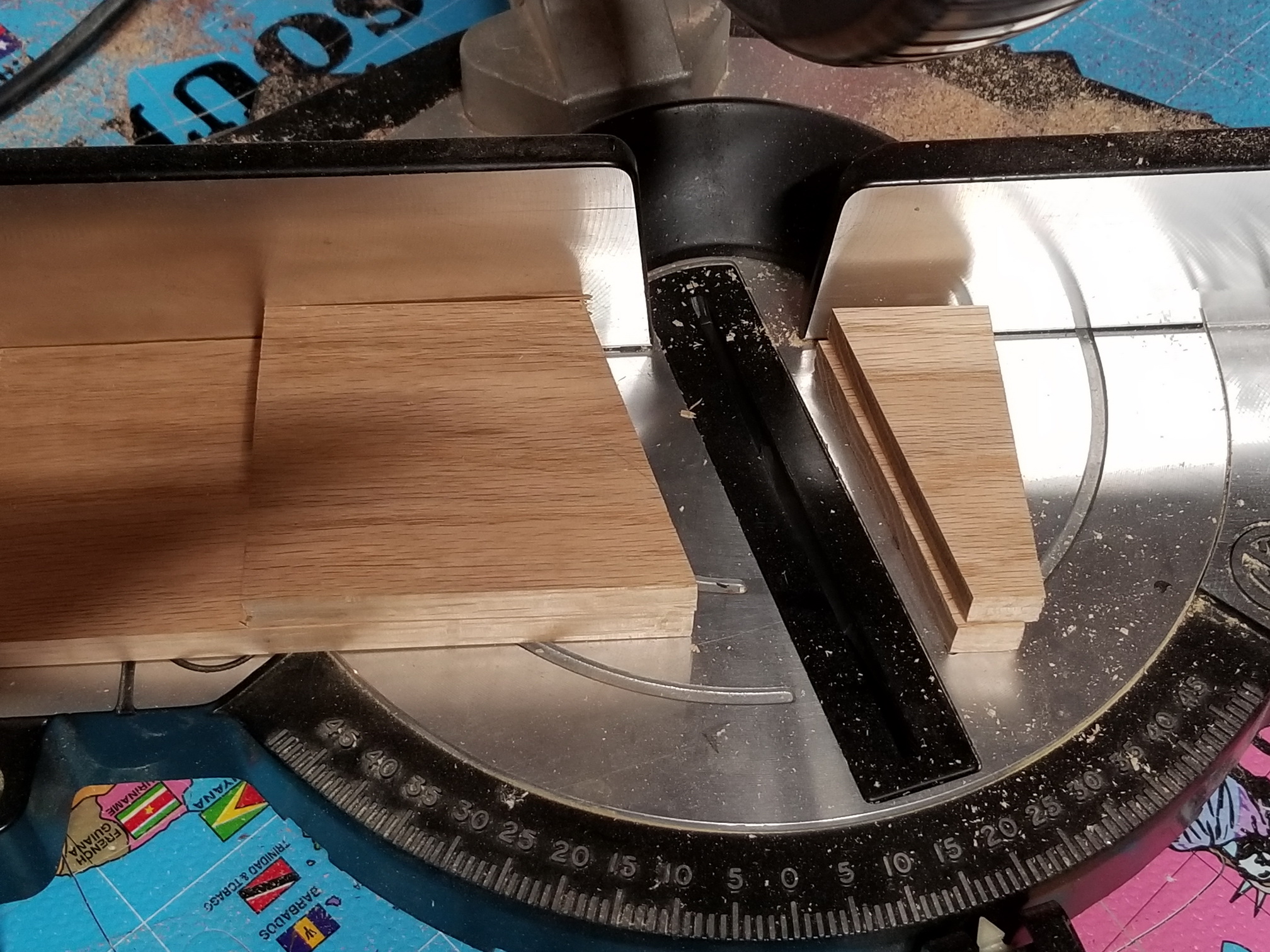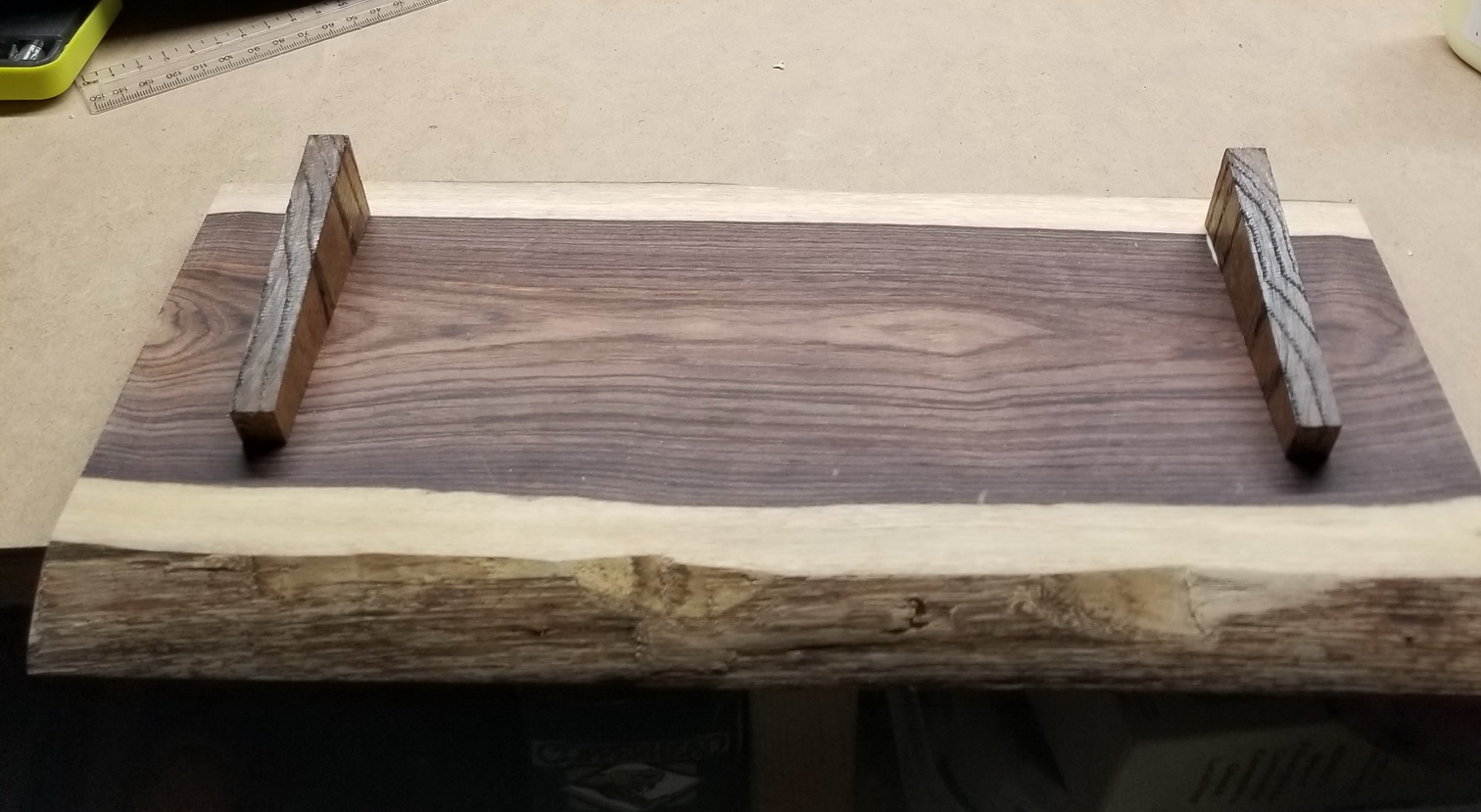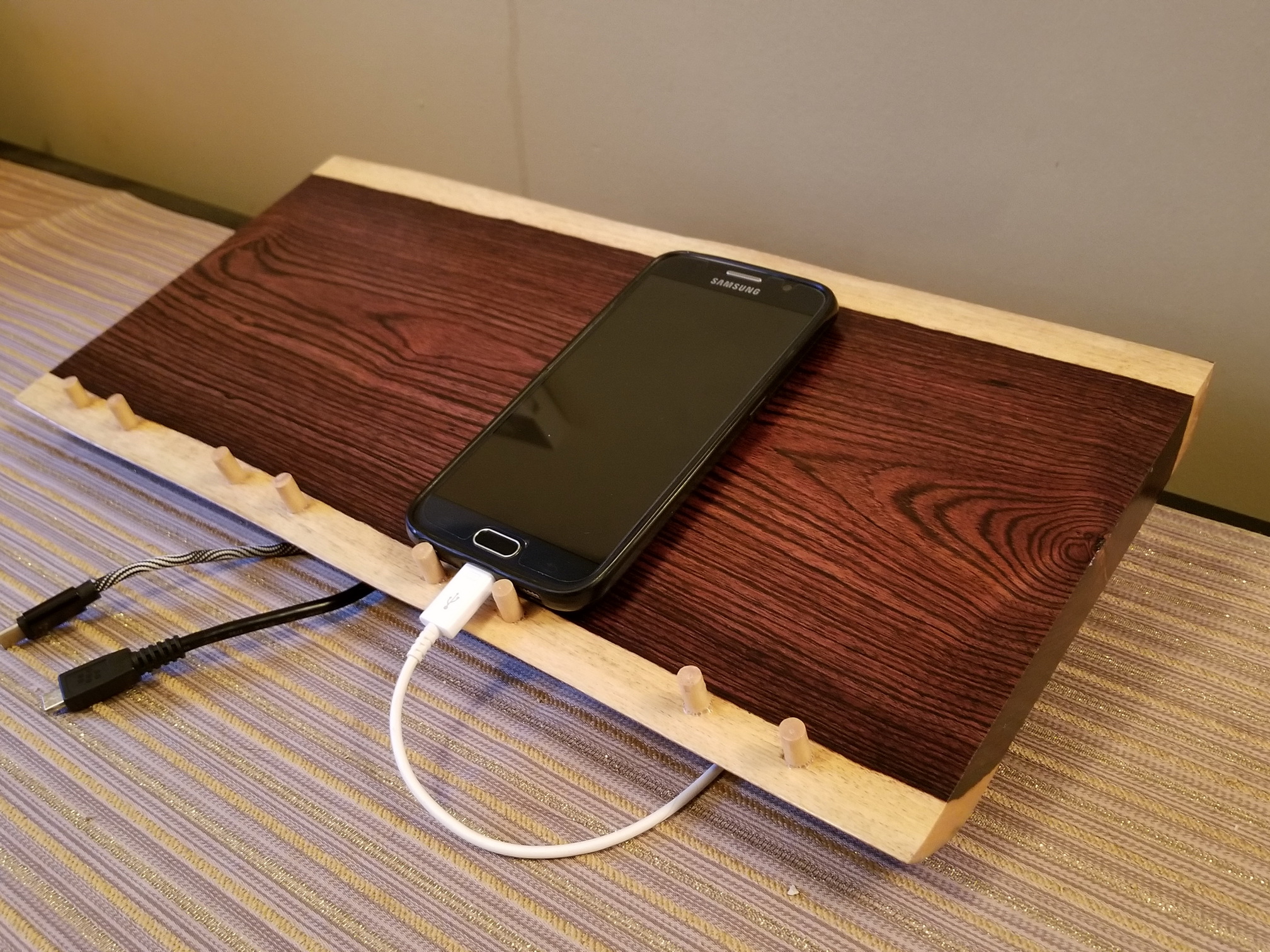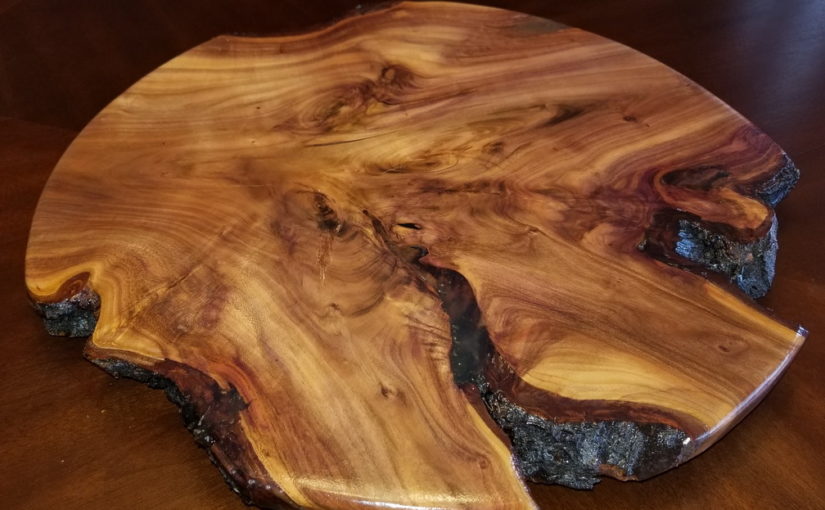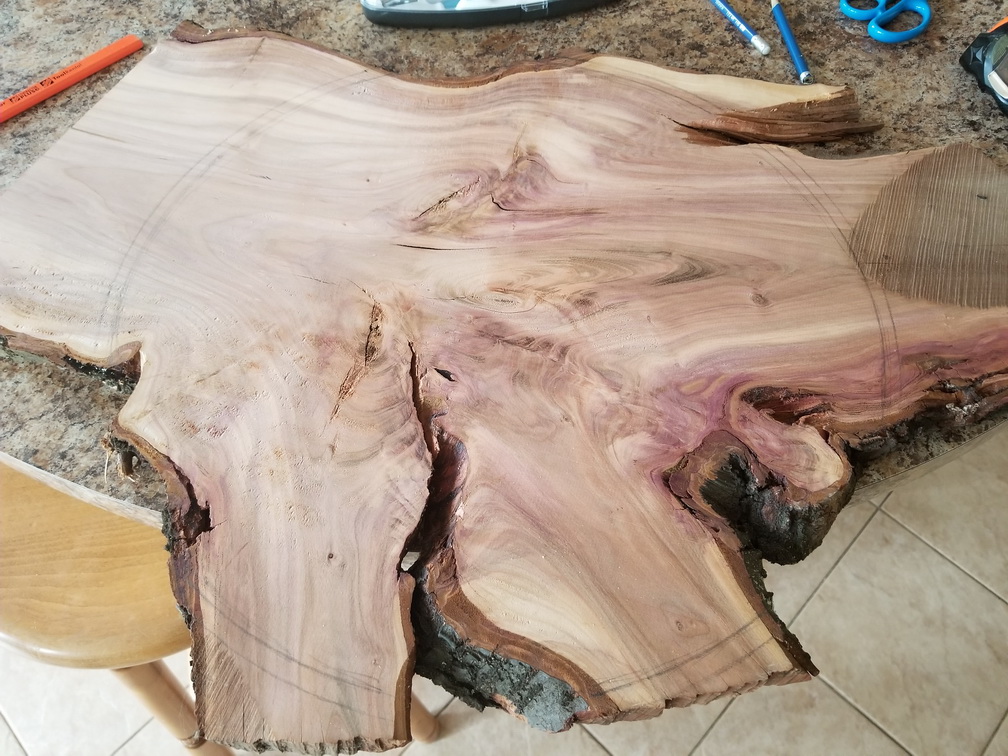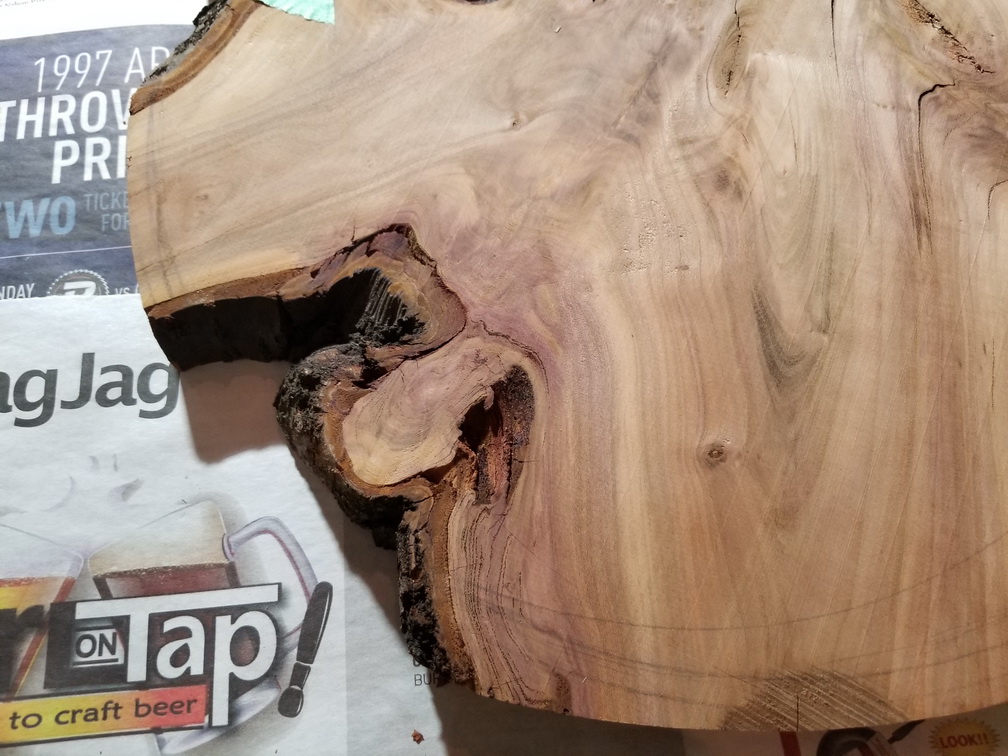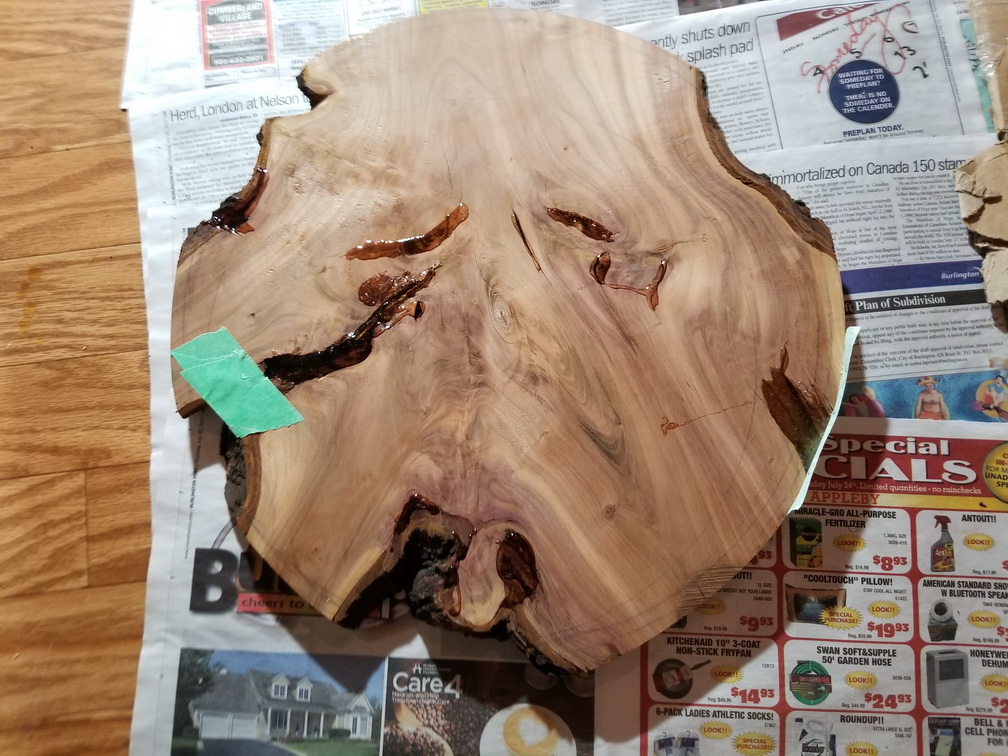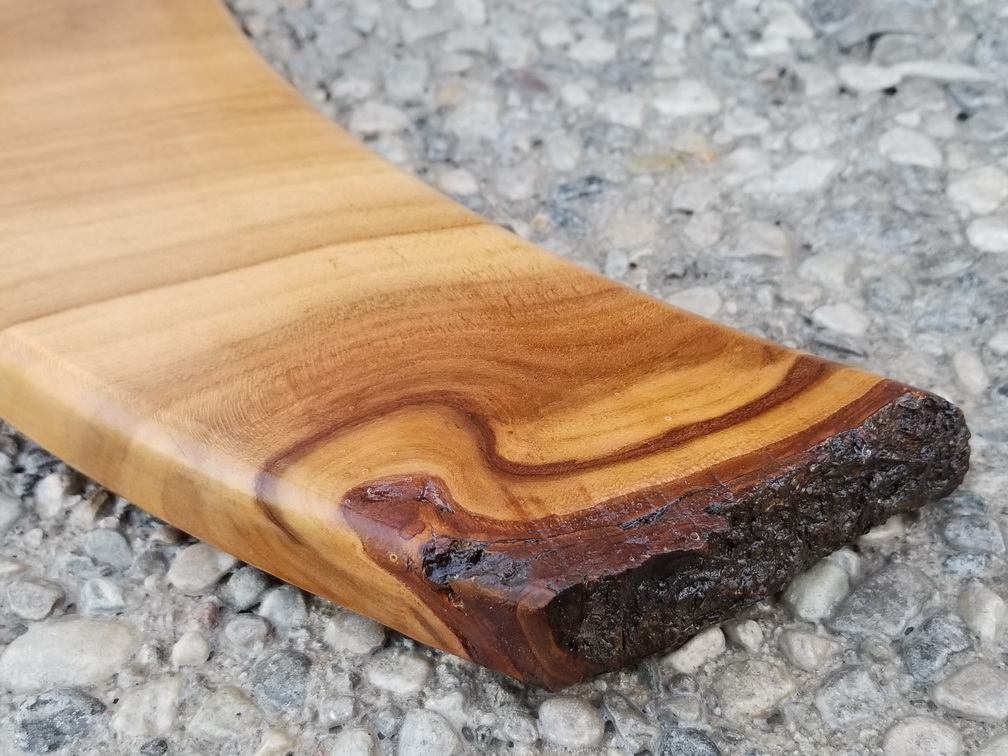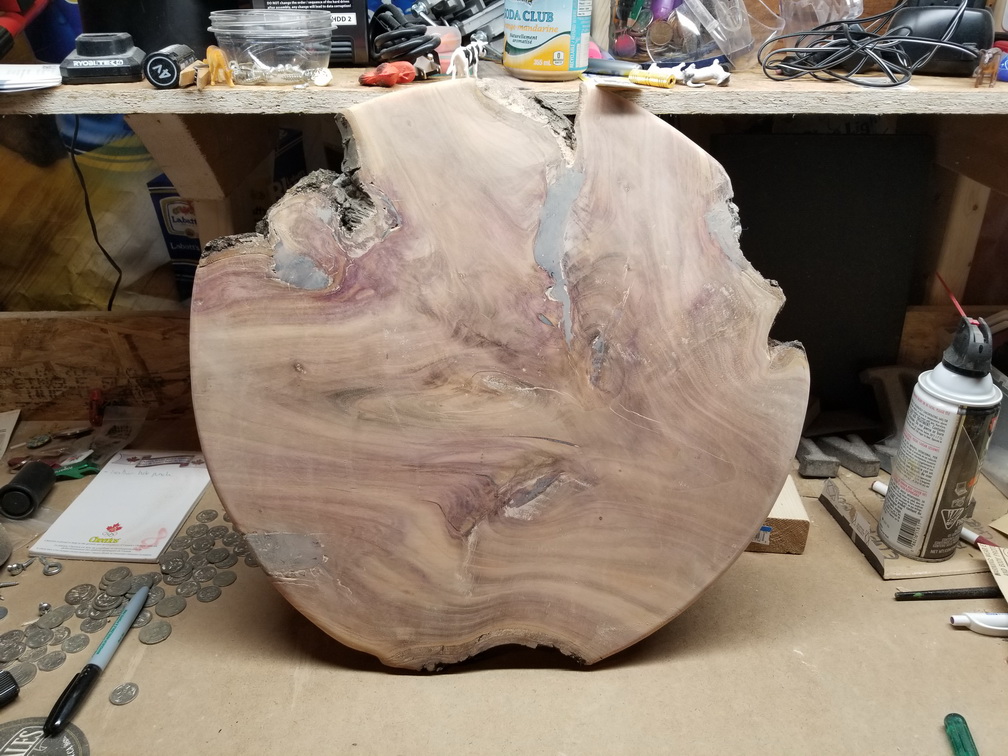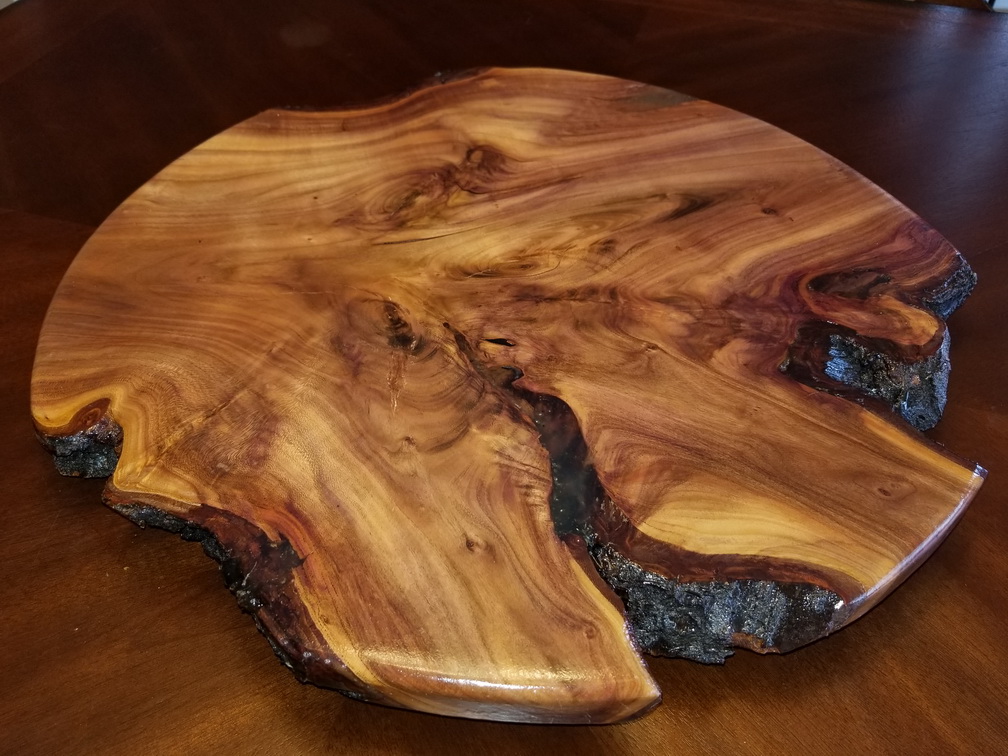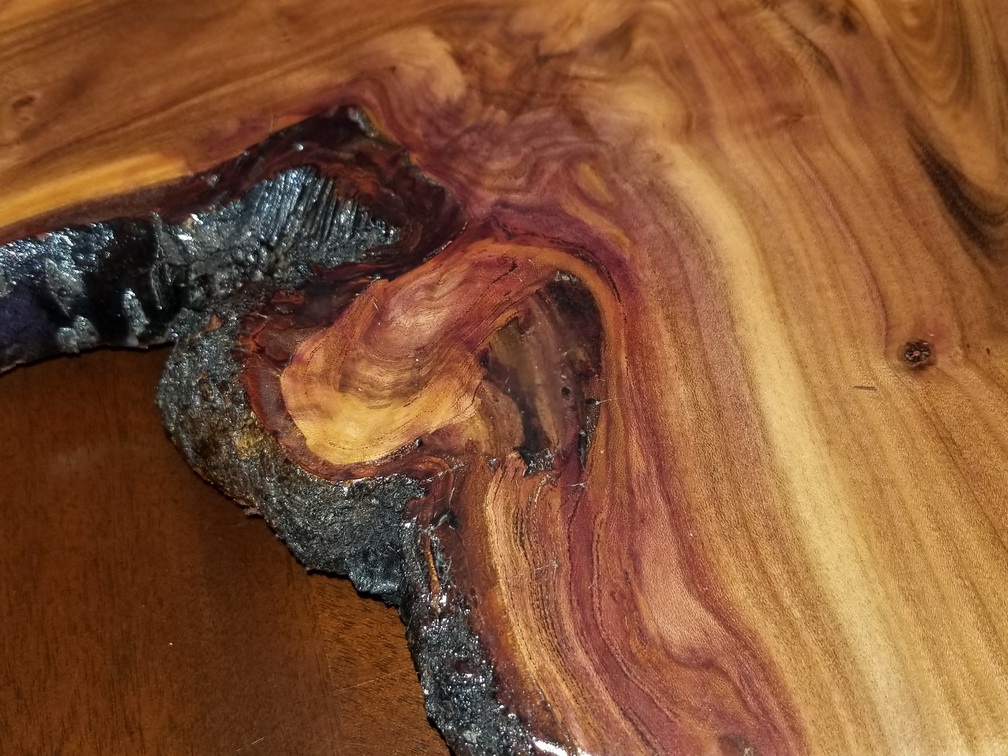The original vertical blinds for the kitchen patio door are now yellowing and cracked, so Andrea has replaced them with new sun blinds. What to do about the valences ? I should be able to make a few quick valences – easy ! (foreshadowing). What material to use? Hmm.. How about barn board !
If you go to the big box stores there are a few “barn board” options that actually don’t look too bad, but they are mostly for wall surfacing so when you cut them you get bright pine. I need to build some boxes so that won’t work. That and they are fairly narrow and we want something wider.
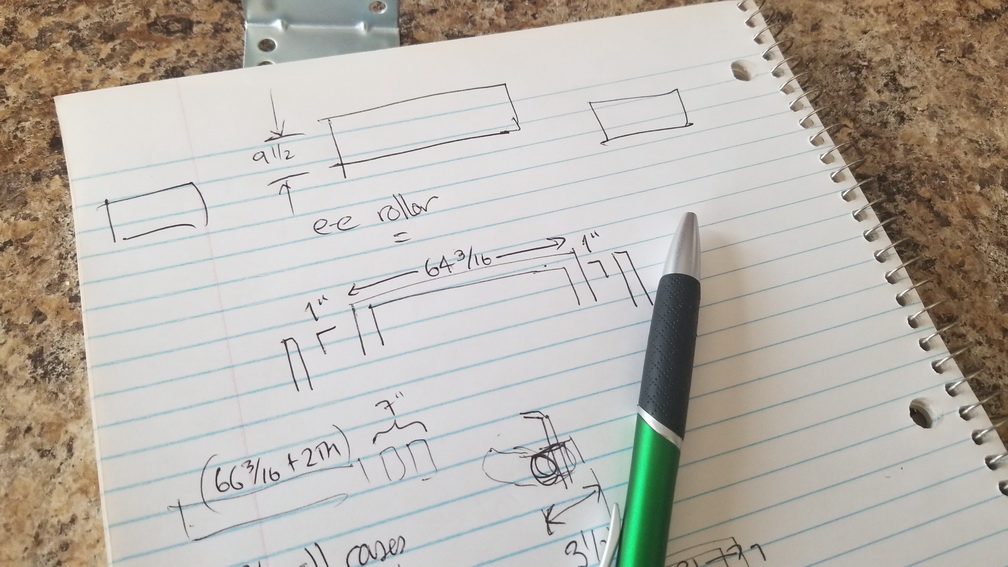
Found a nice pile of actual barn board at our local specialty wood store, and Andrea helped pick out two long boards that she liked the look of. Took them home and ripped them down a few inches – nothing like cutting long boards on a table saw on a snow covered driveway (Andrea was a big help here). I also had to borrow the neighbours sliding miter saw to get the right lengths. Once cut to the right shape I had to reinforce them by gluing some hardboard on to the back of the long pieces. These boards are nice and old and weathered, but unfortunately there are not very structurally robust because they are, well, old and weathered.
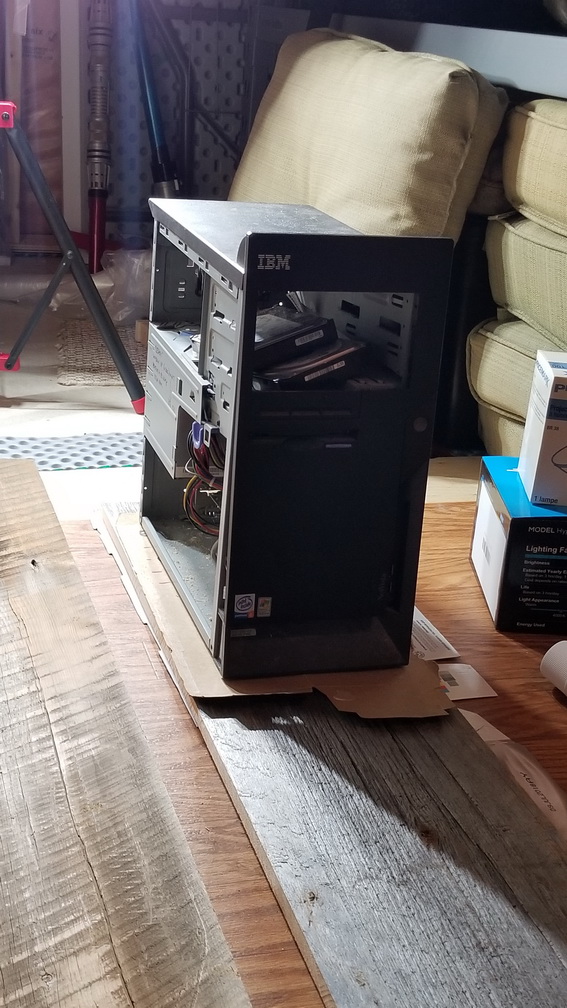
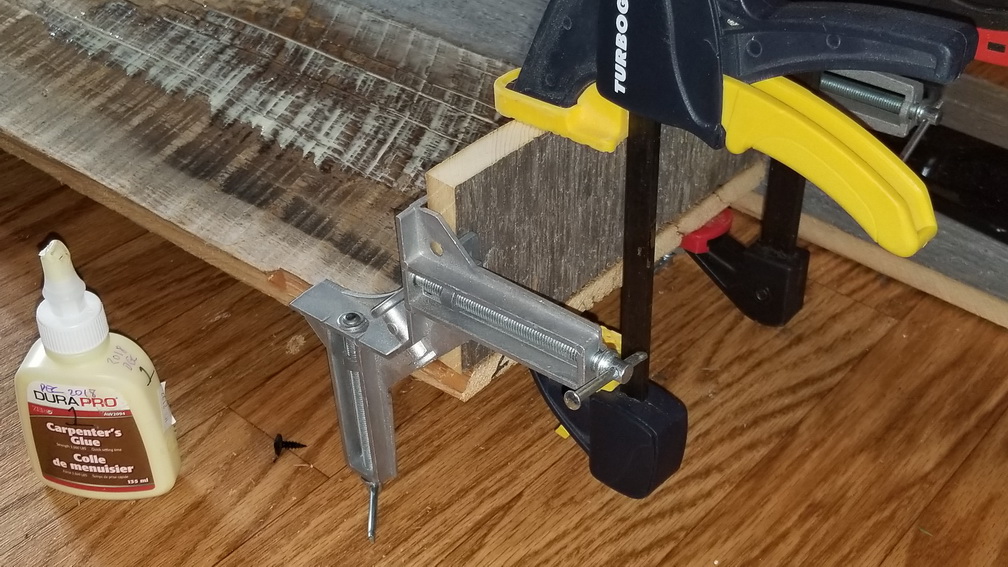
Clamp, glue, and bracket the corner bits. Unfortunately I still have to weather/paint the cut edges, but not as much.
The first valence, the big one – done and looks great
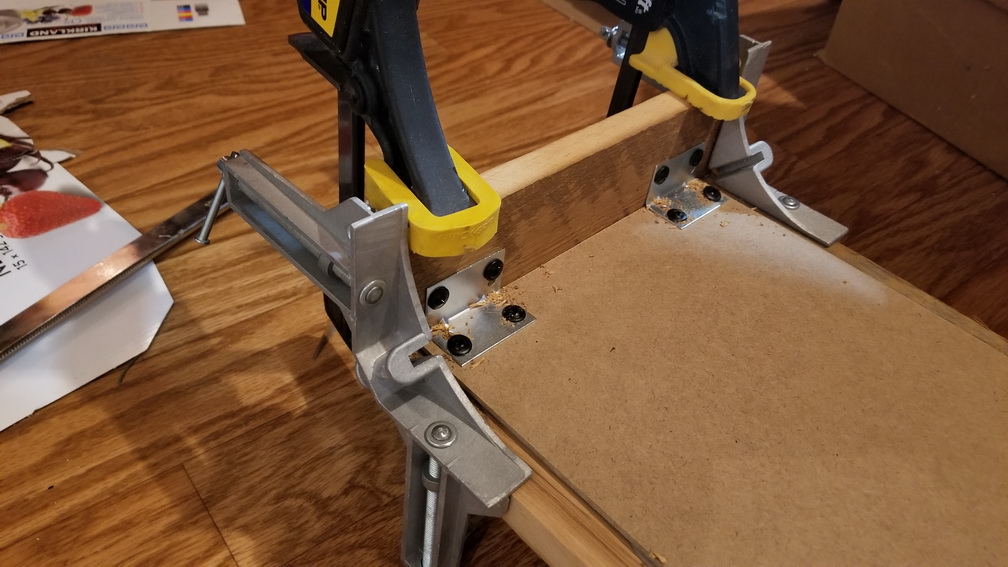
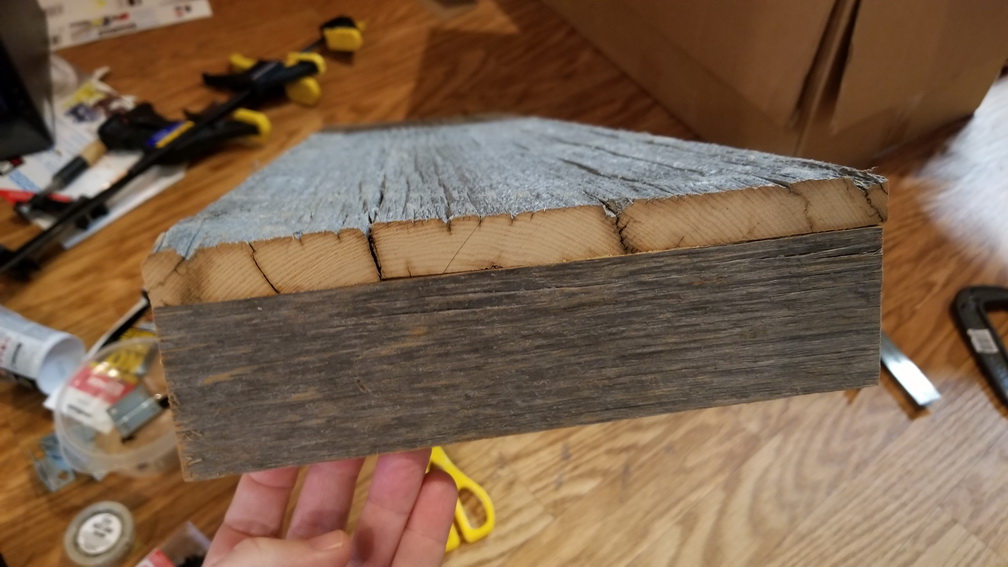
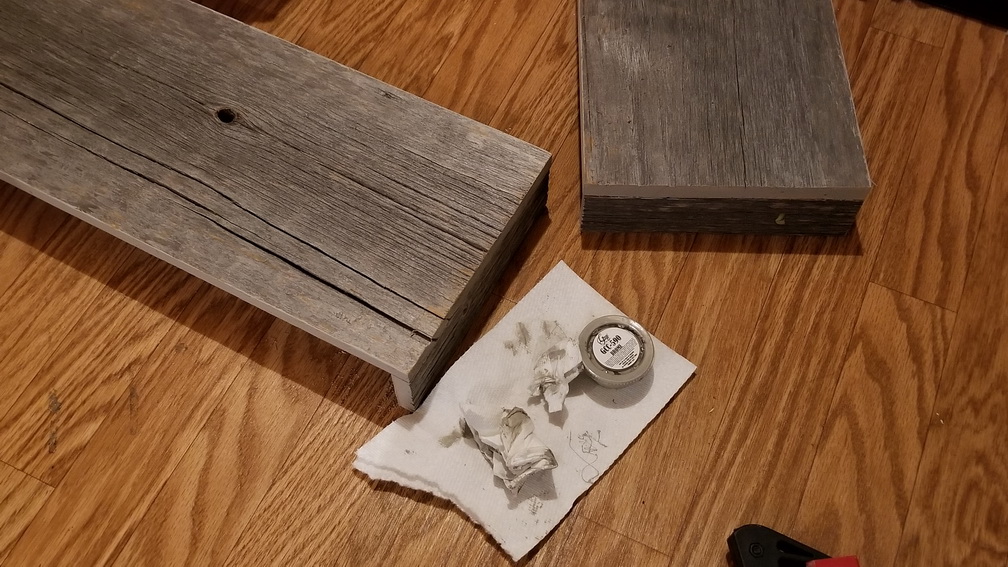
When doing the side window valences I think ahead to a new problem: they are going to be flatter against the wall – how do I attach them to the wall ? How am I going to get a screwdriver in there ? Oops.
Serious store trolling and google searching reveals nothing really exists, so I have to make my own brackets that will slide over an inserted screw and hold them up. Drilling metal is so much fun.
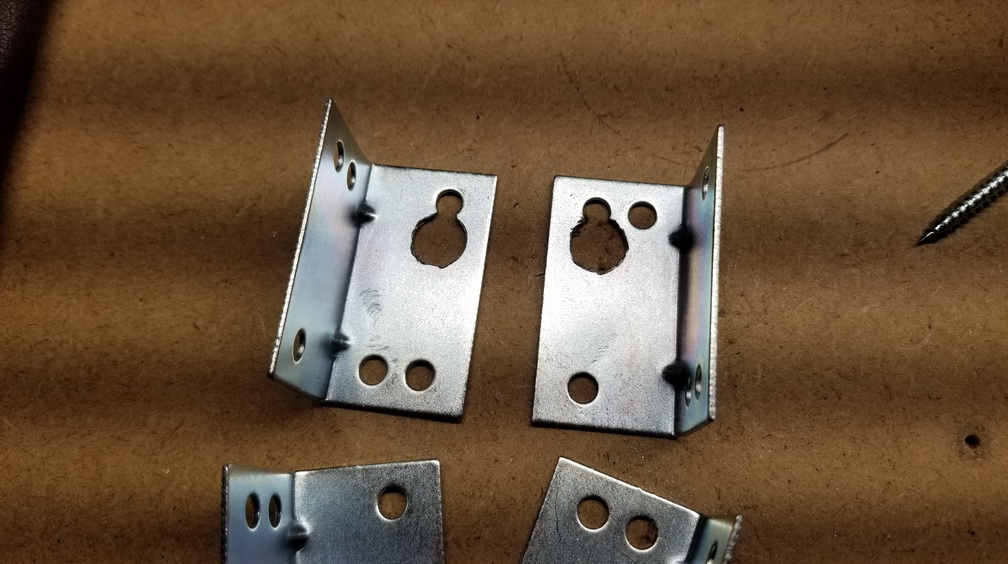
In the end though it all worked and it looks awesome !
